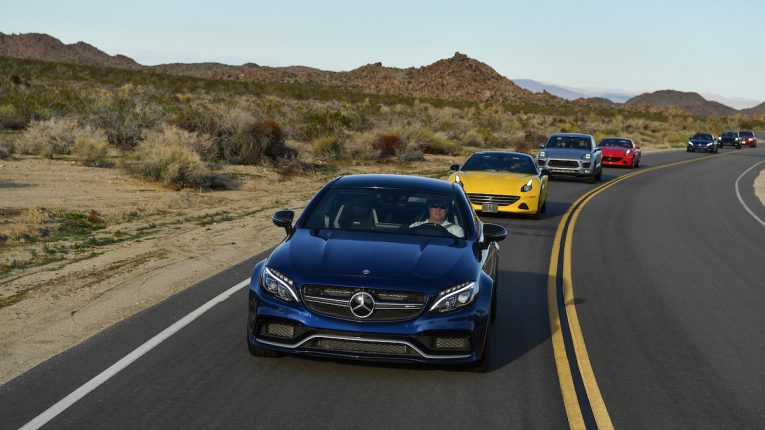
Summer Driving – Safety and Tips from Michelin Engineers
With so many of us hitting the road this week and throughout the summer, Michelin wanted to help us debunk some of the biggest summer driving myths and share important road safety tips.
Myth 1: Summer driving is safer than winter driving.
Fact: Michelin has found that 3/4 of drivers falsely believe summer to have fewer accidents than other times of the year, but summer is statistically the most dangerous driving season
Myth 2: When hydroplaning, the best thing to do is take your foot off the gas and let the car coast until you regain traction.
Fact: Michelin has found that only 17% know the correct response to hydroplaning (steering the car forward with your foot lightly pressing the gas) – while 2 in 3 believe the myth to be true
Myth 3: Checking your tires is less important in the summer when the weather is nice
Fact: Drivers are 3x less likely to check their tires in summer vs. winter (despite heat being the enemy of tires!!) according to data gathered by Michelin
Question 1: How does tire pressure affect fuel economy?
Air pressure affects the tire deflection under load as the tire travels. At lower pressure the tire flexes more creating higher internal friction and more energy to overcome from the vehicle (fuel). Best way to combat this is to maintain proper tire pressure to keep your car running most efficiently. Underinflated tires increase fuel consumption. The American Automobile Agency has stated that operating a vehicle with underinflated tires can result in a 25% reduction in fuel economy. On the flipside, overinflated tires have less grip. Make sure you check your tire pressure monthly.
You can also find tires that are designed specifically with fuel efficiency in mind, like the Michelin Energy Saver All-Season, which is estimated to save drivers $400 in gas over the life of the tires.
Question 2: What is the difference between all-season, high-performance, and summer tires?
Tires are the only contact your vehicle has with the road, so their grip plays an essential role in your safety. Each type of tire is designed to provide grip in specific types of weather and road conditions. That’s why it’s so important to think about how and where you will be driving and what type of grip you’ll need when you choose your tires.
· All-Season: All-season (A/S) tires are designed to provide balanced dry and wet performance levels, as well as acceptable snow traction in regions with light winter weather. A/S tires are a practical solution designed for year-round usage with typically a longer tread life.
· High-performance A/S: High-performance tires offer a superior degree of handling, grip, and cornering ability than standard tires. High-performance tires are also rated for operation at higher speeds than non-high-performance tires.
· Summer: Summer tires are primarily designed for high-performance vehicles and provide optimal dry and wet performance levels in a temperate environment. Summer tires are not designed to be used during the winter season where temperatures are colder and approach freezing consistently as their performance would be less than optimal.
Question 3: Are there any specific Michelin tires for the summer?
If you’re in the market for new tires, the Michelin Premier All Season tire is a great choice for safety year round. Designed with revolutionary EverGrip technology, the Premier features hidden grooves that emerge as the tires wear, providing prolonged traction in wet weather even in its worn state. In fact, even when worn Premier A/S tires stop shorter than leading competitors’ new tires. In the summer months, wet weather is at its peak so a tire that can handle slick wet roads is key.
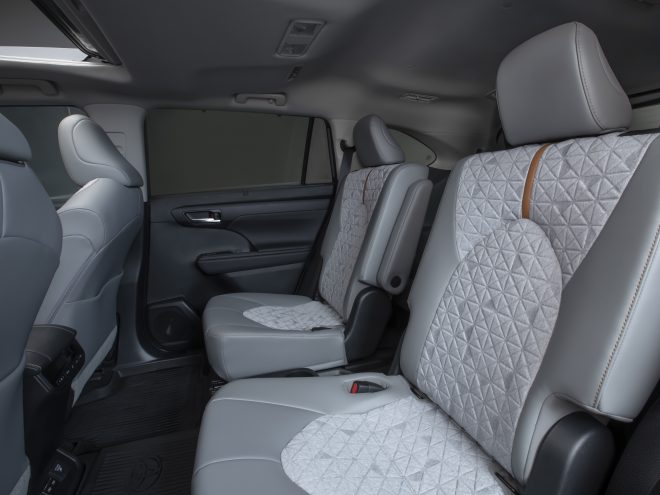
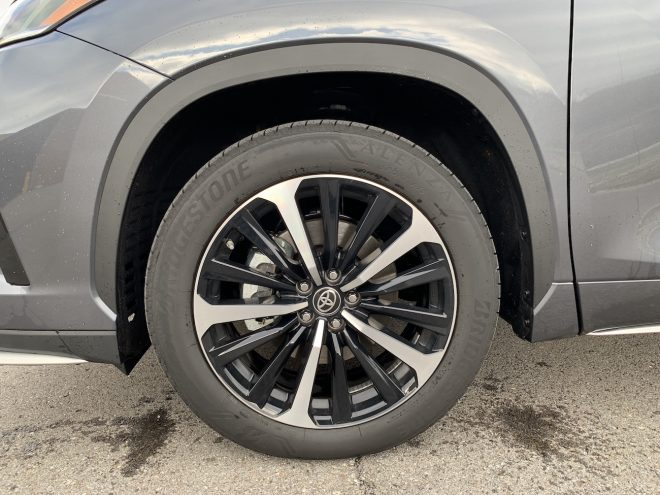

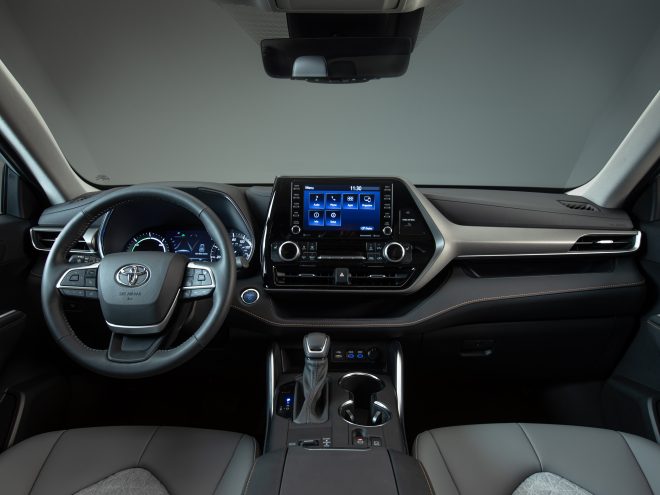
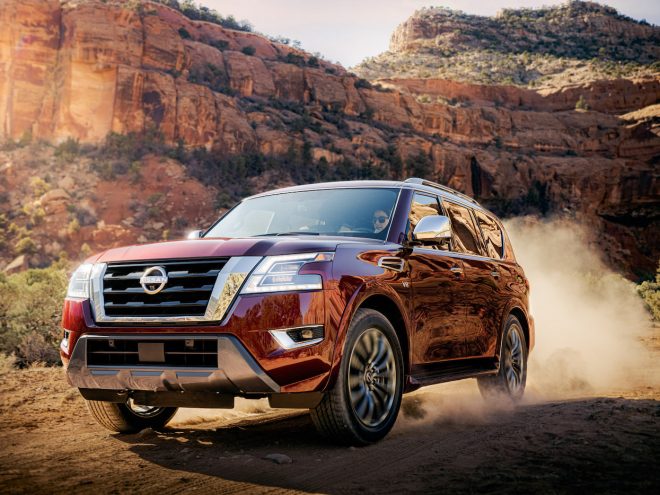
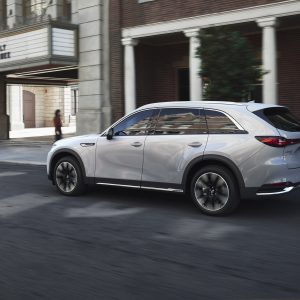


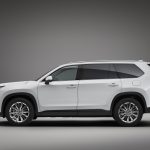
[…] a lot of advice we can take from the professionals out there, but there’s also a lot of our own research and common sense we can put to better use […]
[…] make sure that you have the best windscreen wipers and tires that will be able to cope with the weather conditions that you will […]